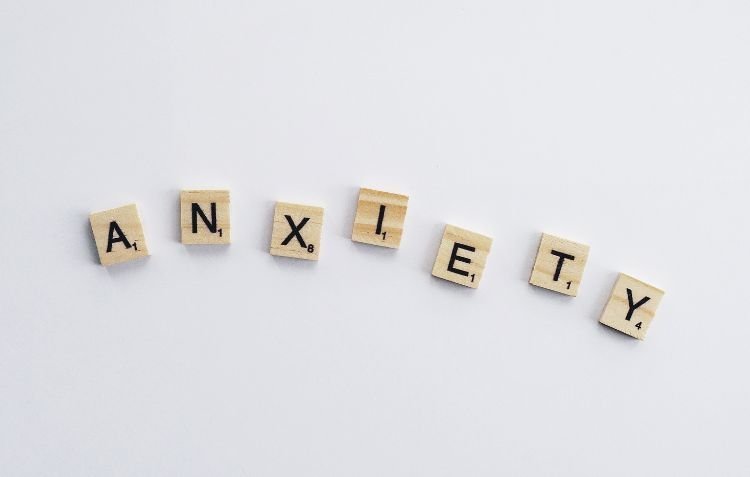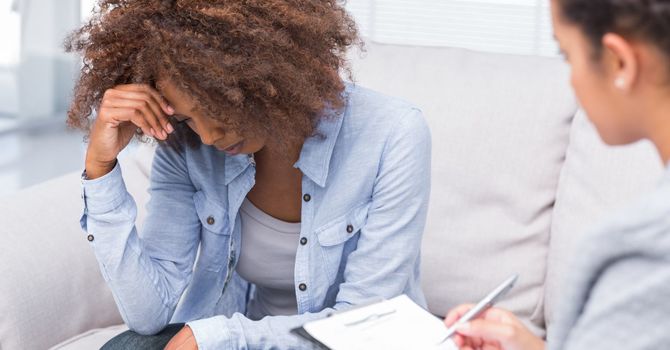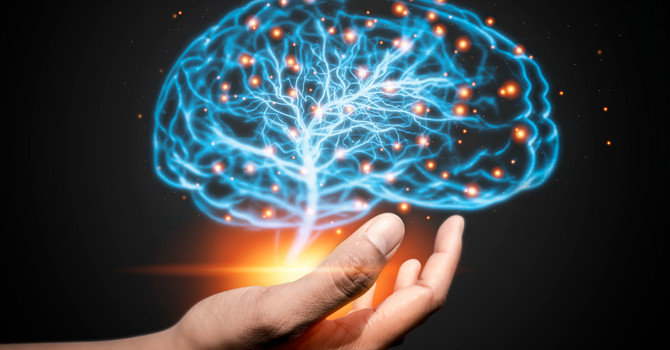
Tingling fingers, a tight chest, pounding heart, shallow breath, and a sinking feeling of dread that something bad is about to happen are familiar to those who struggle with anxiety. Racing thoughts loop through the risks and potential for bad outcomes. This can grow into an expanding sense of doom and spread like wildfire through our bodies. These physical symptoms of anxiety are often accompanied by rumination, racing thoughts, perseveration, and thought looping. We may find ourselves over-thinking situations, events, fears and attempts to avoid people, places, triggers, or events. Anxiety can also include physical symptoms like dizziness, nausea, stomach aches and headaches and chronic pain. In extreme cases, people report narrowing vision, even temporary blindness, auditory distortions, fearing imminent death, fainting and loss of consciousness.
Aside from physical symptoms, anxiety is associated with avoidance, withdrawal, and isolation as well as automatic and habitual thought patterns that orient towards problem solving but which often serve to reinforce the anxiety itself. These unconscious and automatic mind habits that have evolved into coping strategies for dealing with anxiety are amongst the more challenging to change.
In our culture we are heavily rewarded for our clever, quick minds. These same clever minds can become the complex cages of our anxiety – making us captives of our own fearful thoughts, hostage to the fear rippling through our bodies and minds. Unwittingly, we feed the rumination, perseveration and thought loops. These very habits keep the anxiety alive and well. These habits may also be contributing to difficulties with attention, focus, and clear thinking – about 15% of ADHD cases are related to the overwhelm of an anxious mind and these people report brain fog, poor memory and inattention.
Many awaken in the night or early morning with anxiety tingling through their body like electric eels in the gut, or the feeling of a gerbil running circles in their chest. Others are triggered during the day or alone at night. For some, it’s a very specific set of circumstances that trigger anxiety, and others have a low-grade angst constantly humming in the background. Regardless, anxiety limits optimal functioning, moderating our resilience, containing our natural expression and limiting our capacity.
An anxiety disorder may be diagnosed if these symptoms are interfering with the capacity to function, predominate one’s daily thoughts and impact a sense of wellbeing, ease and peace with life. Many people don’t realize how much anxiety they live with until they find relief from these symptoms. While some anxiety in life is normal and adaptive to protect us from momentary danger, living in a constant state of fear and distress is unhealthy.
How do we treat anxiety?
Therapy
There are many effective treatments for anxiety including EMDR, CBT, ART and exposure therapy. Neurofeedback and neurostimulation can also be effective. Some find antidepressant medication helpful. Shorty term use of benzodiazepine medication may provide some relief, but longer-term use is not recommended.
Some fear that changing their habits of mind will leave them more vulnerable to risks. In essence, they may be afraid to let their anxiety go. Other’s may be eager to let it go but find the physiological symptoms persisting despite changing mind habits. Overall, the treatment for anxiety involves turning towards the discomfort, tolerating the distress, and trusting the process of feeling the anxiety in the body long enough for it to begin to dissipate.
Tools
Social Connection – connecting supportive others can help navigate stressful situations and generally, our mental health is better when we are more connected to others who are caring and supportive.
Physical exercise – the research into what supports us with anxiety and depression has clearly demonstrated that regular physical exercise is as effective as medication in resolving mental health concerns such as anxiety.
Regular sleep – maintaining regular and restful sleep can be difficult with anxiety, but is an important foundation for being able to deal with and respond to the challenges of anxiety.
Diet and supplements – reviewing the food and drinks you consume as well as supplements can be useful. For example, stimulants such as caffeine, colas, and some ADHD medication can increase our anxiety.
Thought Patterns – noticing anxiety sustaining thought patterns and revising those that sustain anxious habits can be useful to shift our response to physiological and cognitive manifestations of anxiety.
Journaling – the research on the usefulness of journalling indicates that writing is a useful tool for externalizing anxious thoughts and can support us in changing our relationship with anxiety.
Triggers – Identifying the triggers that spike anxiety can be helpful. Many people avoid triggers and this may provide short term relief but the more this habit is reinforced or practiced, the more anxiety is able to generalize. Beginning to identify supports and tools to address the triggers and use those tools in a variety of situations to manage the impact of the trigger and your system’s reactivity is important. This may be a part of working in a therapeutic relationship.
Grounding – Learning basic grounding skills to attend to sensory information in the present moment can mitigate anxiety. Attending to what you see, what you hear and sensations in the body can be helpful. Noticing your location relative to what is around you, the direction you are facing, and what you can smell and what is in contact with your body are all basic grounding techniques that may be useful in dealing with anxiety.
Breathing – There are a variety of breathing techniques that can be very useful in calming the physiological manifestations of anxiety to calm the nervous system including the 4 – 4 – 8 breathing technique. This involves inhaling for a count of 4, holding for a count of 4, and exhaling for a count of 8. Belly breathing encourages deep diaphragmatic breathing vs shallow chest breathing and also serves to calm anxiety in the body.
Neuromodulation – training the brain can be a very effective tool in resolving anxiety. By teaching the over active brain to slow down, we find that anxiety is less prominent. Combined with these other tools, anxiety can become less of a concern.
Anxiety is experienced by everybody at some point in life. Learning how to respond and support yourself can be very helpful. Therapy, neurofeedback and neurostimulation can also support quieting an overactive mind and complement these other strategies in addressing anxiety.




